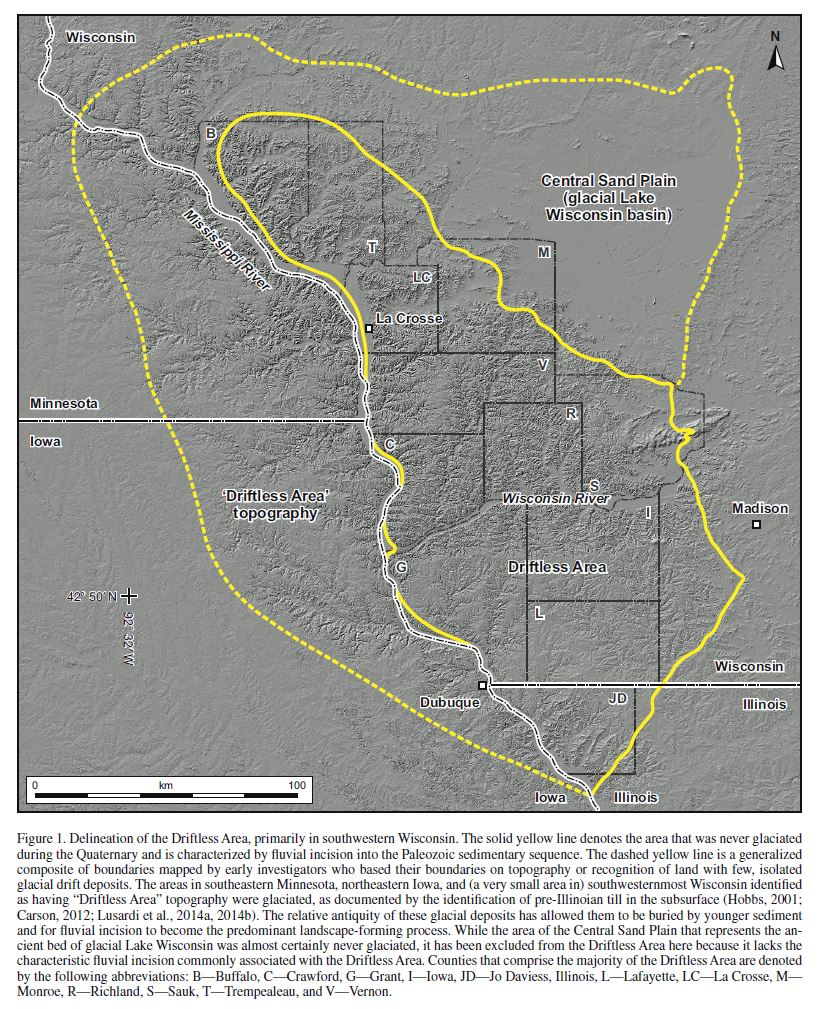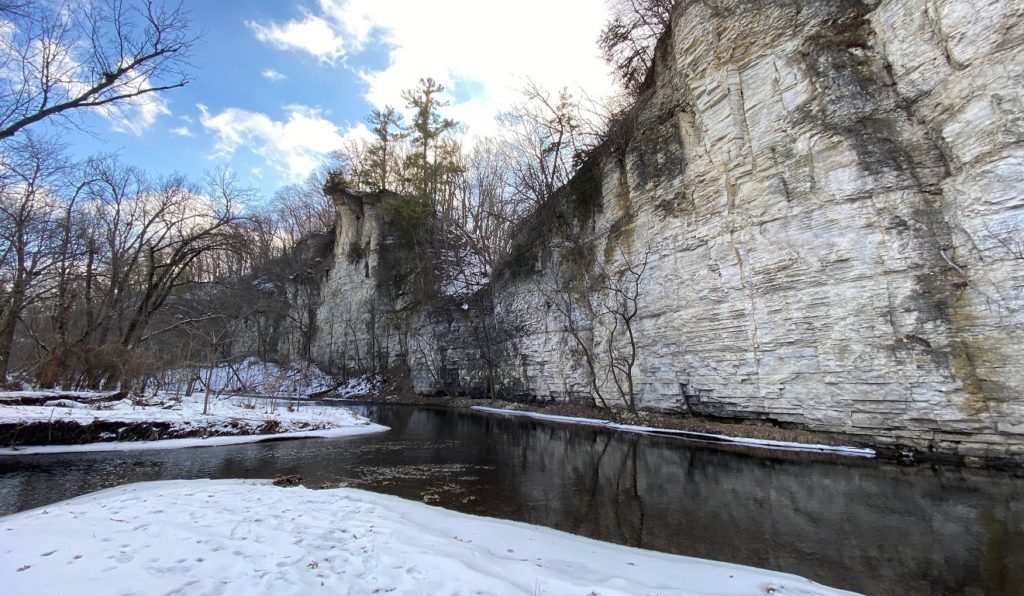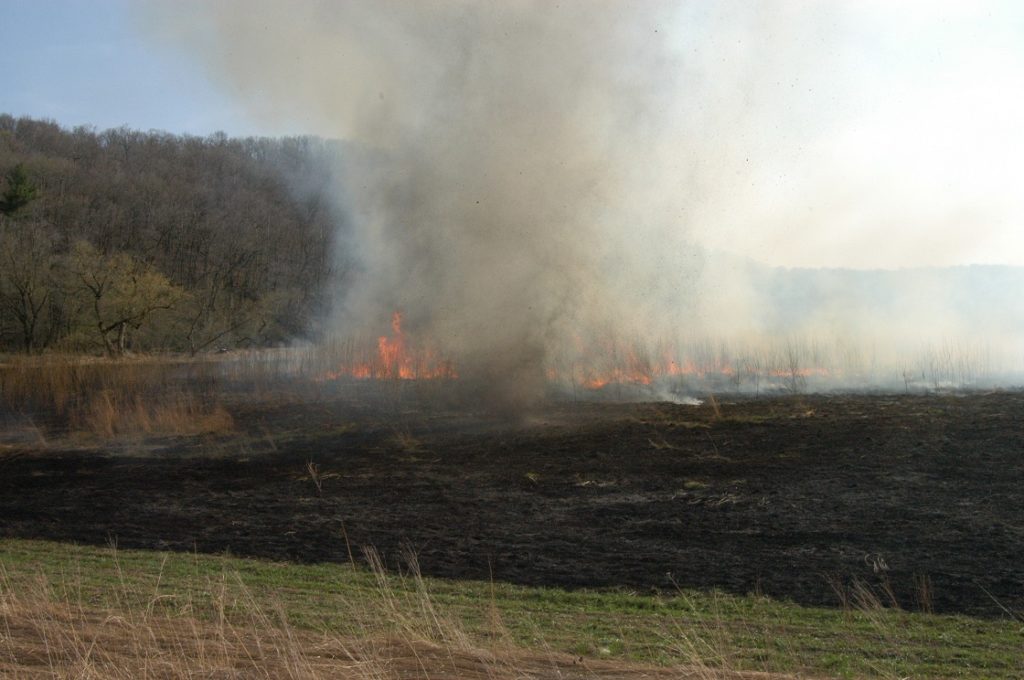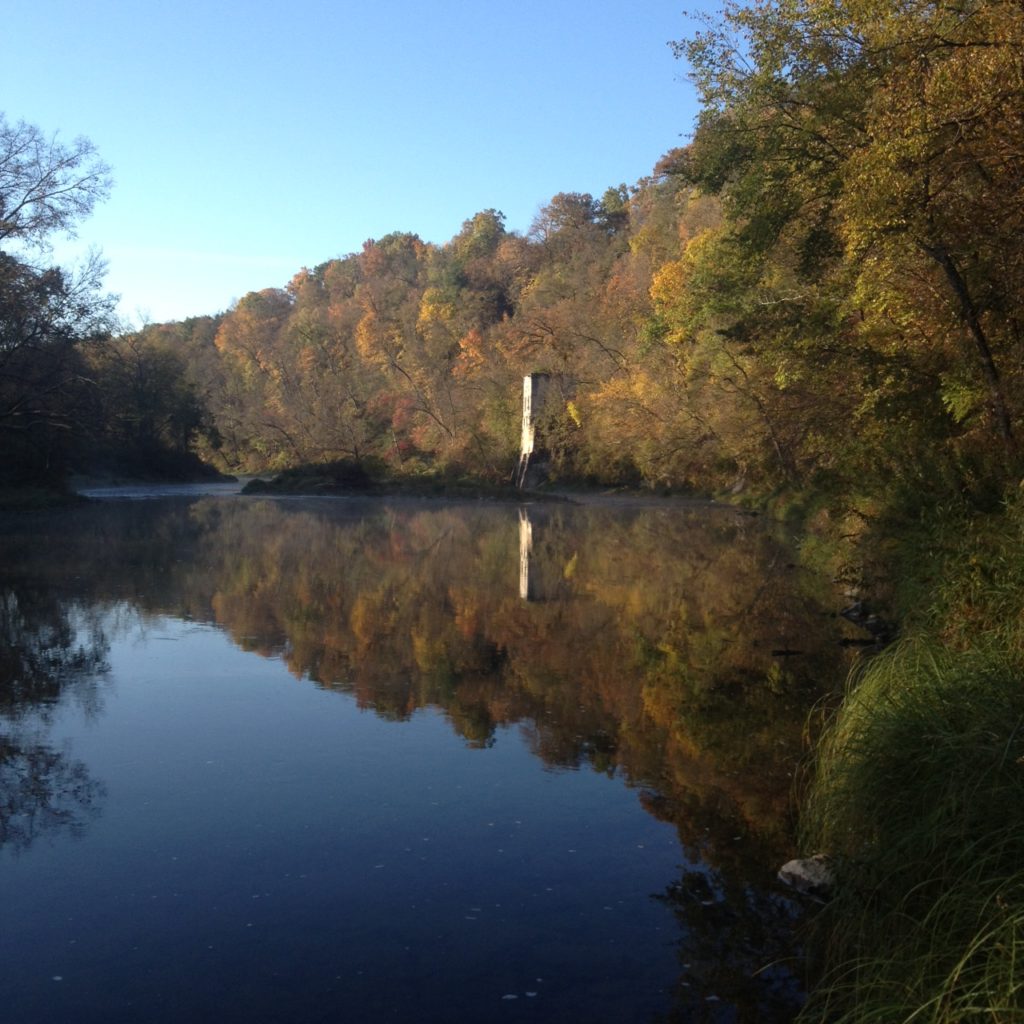What is the Driftless and why is SE Minnesota not considered part of it?
While no formal boundaries define the Driftless, scientists agree it encompasses much of western Wisconsin and extreme northwestern Illinois. Southeastern Minnesota and Northeast Iowa are often included in the description and boundary of the Driftless but closer investigation reveals that these areas do not contain some key characteristics that truly define the Driftless.
There have been many glaciations over the last 2.58 million years and although the last one did not reach this area, glaciers did reach SE Minnesota during earlier glaciations. The absence of glacial “drift” (glacial deposits of stone and debris) in this area during the last glacial period is what why part of Wisconsin and Illinois has been deemed the drift-less. Geoscientist typically avoid the antiquated term “drift” because it refers to the notion that stones and debris floated around the globe on icebergs; however, this isn’t an accurate description.

For the true “Driftless Area” the failure of the most recent glaciers to penetrate this area responsible for the region’s defining geologic characteristics: steep hillsides, narrow valleys, and a land marked by unevenness. The glaciers were unable to blanket this landscape because they were blocked by the highlands of northwestern Wisconsin and simultaneously led away from the area through troughs created by Lake Superior and Lake Michigan. As the glaciers melted for the final time along the edges of the Mississippi some 13 thousand years ago, massive quantities of water released by melting ice sheets eroded the sedimentary rocks below. Known as “inverse topography”, this left the land with flat plateaus above bluff tops, dissected by numerous streams and rivers, all flowing towards the Mississippi.
There is so much more to say about SE Minnesota than to repeat false claim that it is “driftless.” For example, the loess (wind-blown silt) that get thicker towards the Mississippi does so for a very interesting reason: the sand that had been bouncing along the ground and keeping the dust suspended in the air fell out into the deep tributary valleys and the dust settled out downwind of that. Bill Zanner studied the periglacial area at the edge of the ice and mapped some weird linear dunes that show that sand was moving around in the strong glacial winds. He also uncovered permafrost features like frost polygons. This led to a regional study of wind features of southeastern Minnesota and adjacent areas. The proximity of the ice created a tundra-like environment, freezing the ground and shutting off groundwater to caves for a time. One hosted the den of a saber tooth tiger!
The Mississippi and its tributaries are of varying ages but are old. Glaciers did send meltwater down some of the rivers and even into the caves but it filled rather than created the valleys. Glacial meltwater is sediment laden so does not deepen stream valleys. However, changes in sea level and local base level changes can lead to rivers incising. In the case of the Mississippi, it responded to lower sea levels during glaciation. As it deepened, its tributaries were also forced to deepen. Locally, base level also changed with drainage of large glacial lakes (not laden with sediment like meltwater streams), the movement of a glacial forebulge, and other river dynamics. See the work of Eric Carson on the capture and reversal of river flow in western Wisconsin for one of the more profound reorganizations in the drainage network.
The caves in the region could not have formed until the rivers carved out the landscape. The speleothems (structures formed in caves by deposition of minerals) in the caves then record many things about the climate since their formation. They can track the nature of vegetation growing above them, the average temperatures, large floods and periods of permafrost. The caves were also host to some cool ice age creatures like saber tooth tigers. Dr. Greg Brick has written extensively on caves in the our region.
Something Underfoot
The geology of this area is also demonstrated by fascinating features occurring below the Earth’s surface. The rock beneath our soils is mostly sandstone and limestone. This is because from about 500 to 375 million years ago southern Minnesota and the surrounding areas were once covered by a shallow, tropical sea. The sea creatures at this time in history had shells made out of calcium (like our teeth or bones), and as they died over millions of years limestone (which is rich in calcite) was formed in addition to the sandstone left by sandy beaches. Today these fossils can be found along roadsides, stream beds, or rock faces.
Just like our teeth can develop cavities from acidic drinks like soda pop, limestone can develop the same kinds of cavities from rainwater, which is slightly acidic when it falls to the Earth’s surface. This has led to remarkable geologic formations within the driftless, including caves, underground rivers, springs, and sinkholes. Nearby Fountain, MN, is the “Sinkhole Capital of the United States”, and Eagle Bluff is close by to both Niagara and Mystery Caves, both accessible to the public. This type of geology, defined by limestone and subsequent sinkholes and caves, is called Karst, and can be studied in Eagle Bluff’s Karst Geology class taken by school groups. While Karst occurs all over the world, in the Upper Midwest it is rarely found outside of the Driftless Area.

People and Place
Because of the diversity of landscapes within this area, a wide range of ecosystems exist here as well. On wide open bluff types, fires set by lighting and various indigenous groups created a landscape of prairie and oak savannah. On south facing bluffsides, there is little soil and temperatures are abnormally high, creating an almost desert-like habitat populated by unique plants and animals, including the prickly pear and timber rattlesnake. North and east facing slopes, shaded from the sun’s rays and fire, are moist, mature hardwood forests with species like maple, basswood, and white oak. River-bottoms, which frequently flood, harbor their own unique plant and animal communities. Students observe the diversity of animals and plants that abound in many Eagle Bluff classes, including Animal Signs, Birds, Wildlife Ecology, Fungus Amungus, Trees and Keys, and more.
This wide array of plant and animal communities has long attracted people to our region. As the glaciers retreated and humans were able to expand southward, they hunted now-extinct megafauna like mammoths and mastodons that roamed the area. As settlements expanded and communities developed, people used caves and sheltered valleys for protection through harsh winters, in some cases leaving still-remaining art etched on the rock walls. Agriculture proliferated in the irrigated river valleys, leading to more established and permanent settlements. Around one thousand years ago, these growing societies began imprinting their spirituality on the land itself, creating tens of thousands of mounds in shapes ranging from lines and circles to more complex bears and thunderbirds. These can be best viewed at Effigy Mounds National Monument along the Mississippi in northeast Iowa.

This area was not immune to the genocide and dispossession of Native Peoples upon white settlement; the Sioux, Ioway, Ho-Chunk, Sauk, and other indigenous groups were either removed or killed during the 18th and 19th centuries. Thereafter prospective farmers moved in, mostly from northern and central Europe, who took advantage of the rich soils and bountiful forests to establish farming communities in the growing states of Wisconsin, Minnesota, Iowa, and Illinois. Early farmers planted crops such as wheat, oats, barley, corn, and more, in addition to raising animals, particularly dairy cows, for sustenance and sale. Settler Life, one of Eagle Bluff’s most popular classes, takes students back to 1858 as they live a day in the life of an early settler-colonist. Unlike the surrounding flat terrain, however, the hilly slopes were ill suited to conventional agriculture, and farmers and fields alike suffered from severe erosion of topsoil and runoff from plowed or overgrazed land.
In the 1930s, first in Wisconsin’s Coon Valley and then elsewhere throughout the region, conservation met industrial agriculture in a marriage born of necessity. Steep, upper slopes became fenced off from grazing dairy cattle, in some places replaced with native oak savannah, in others with mixed woodlands. The practice of planting commercial crops in strips (bending crop rows to the contours of the land) became commonplace. As erosion declined, water quality improved. Today, this region remains a leader in sustainable agriculture as many beef producers use a managed grazing system where cows are moved frequently to mimic bison herds passing over the prairie, and organic and heirloom agriculture proliferate around towns like Decorah, Iowa and Viroqua, Wisconsin. In Eagle Bluff’s Stream Lab class, school groups test water quality throughout the year, part of an everlasting check-up on the Root River.
Now and Forever
Today, our region is culturally recognized as a destination for biking, birding, local food, art, and outdoor recreation. In the past thirty years many defunct railroad lines were converted into bike trails, offering some of the most beautiful cycling in the Upper Midwest. Thousands of people flock to the Mississippi flyway in fall and spring to witness the bird migrations moving up and down the river valley, which serves as a highway of sorts for transient birds. The rivers and streams draw visitors from around the country who come to fish for trout in cold, clear spring-fed streams or paddle the many rivers which drain to the Mississippi River. Eagle Bluff sits just outside of Lanesboro, which is known for its many bed-and-breakfasts as well as its outstanding art scene.
We are lucky to be taking our turn living within this special landscape. Because of the unique geographic challenges to our region , many who live here have fostered a closer relationship to the land. As an organization which strives to connect people to the land and each other, we take care to use the natural features of our landscape to teach and inspire people of any age who are open to learning. Fourth graders crouch low in our tall prairie classes, mimicking predator-prey relationships in a game of camouflage. Sixth graders identify and make observations about 15 different trees in our mixed forests. Biology students from Lanesboro High School conduct annual water quality tests on their River. Undergraduates from around the country walk these hills in study, here to learn about this place we call home. In whatever way you choose to get to know this region, we hope to see you here soon!




